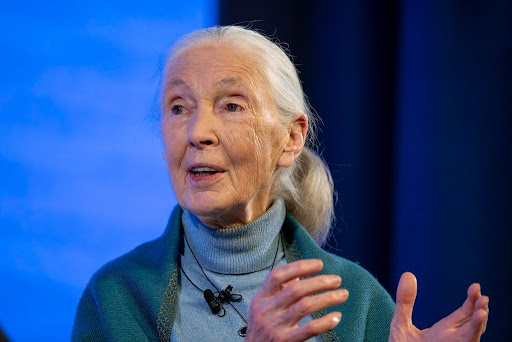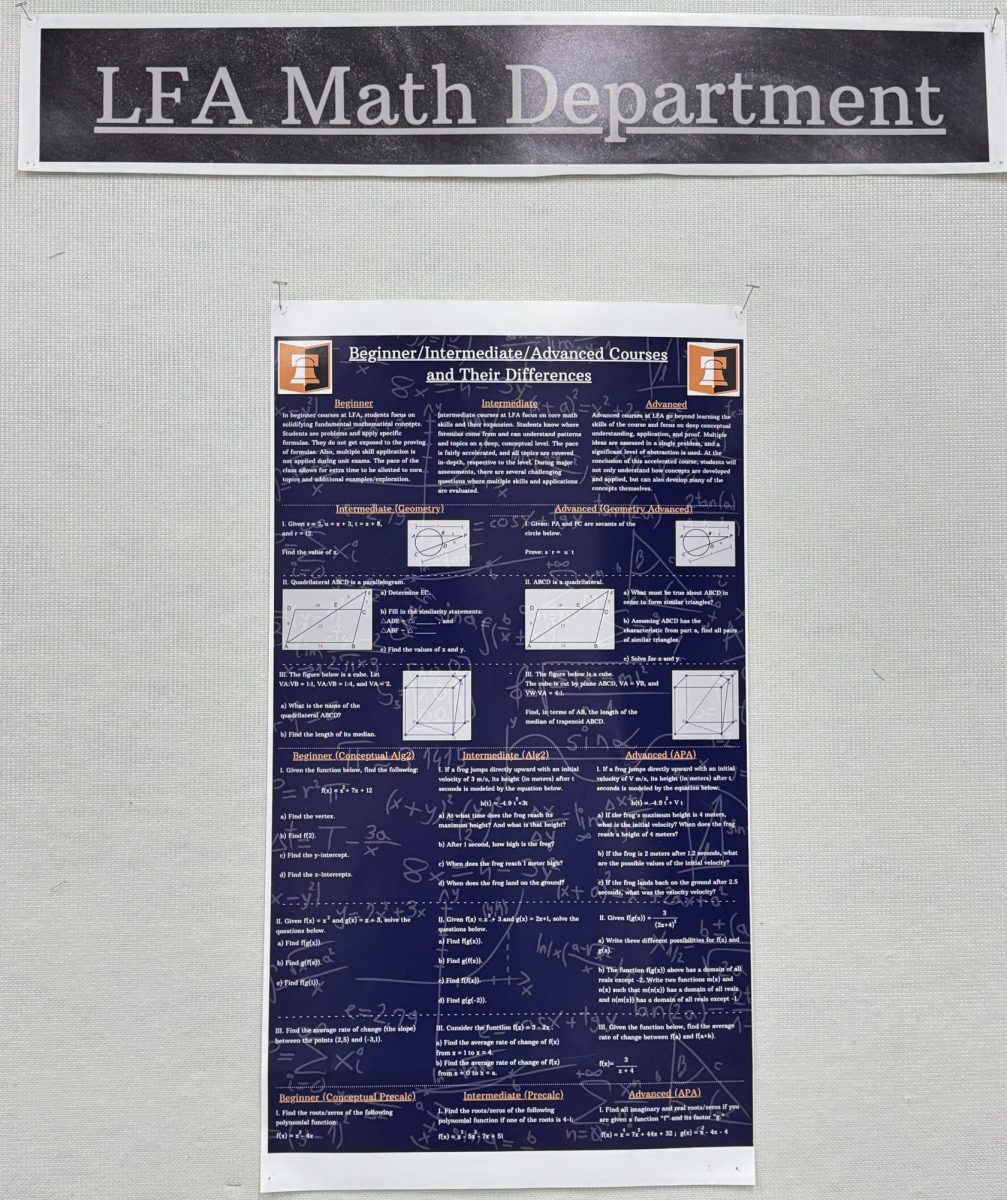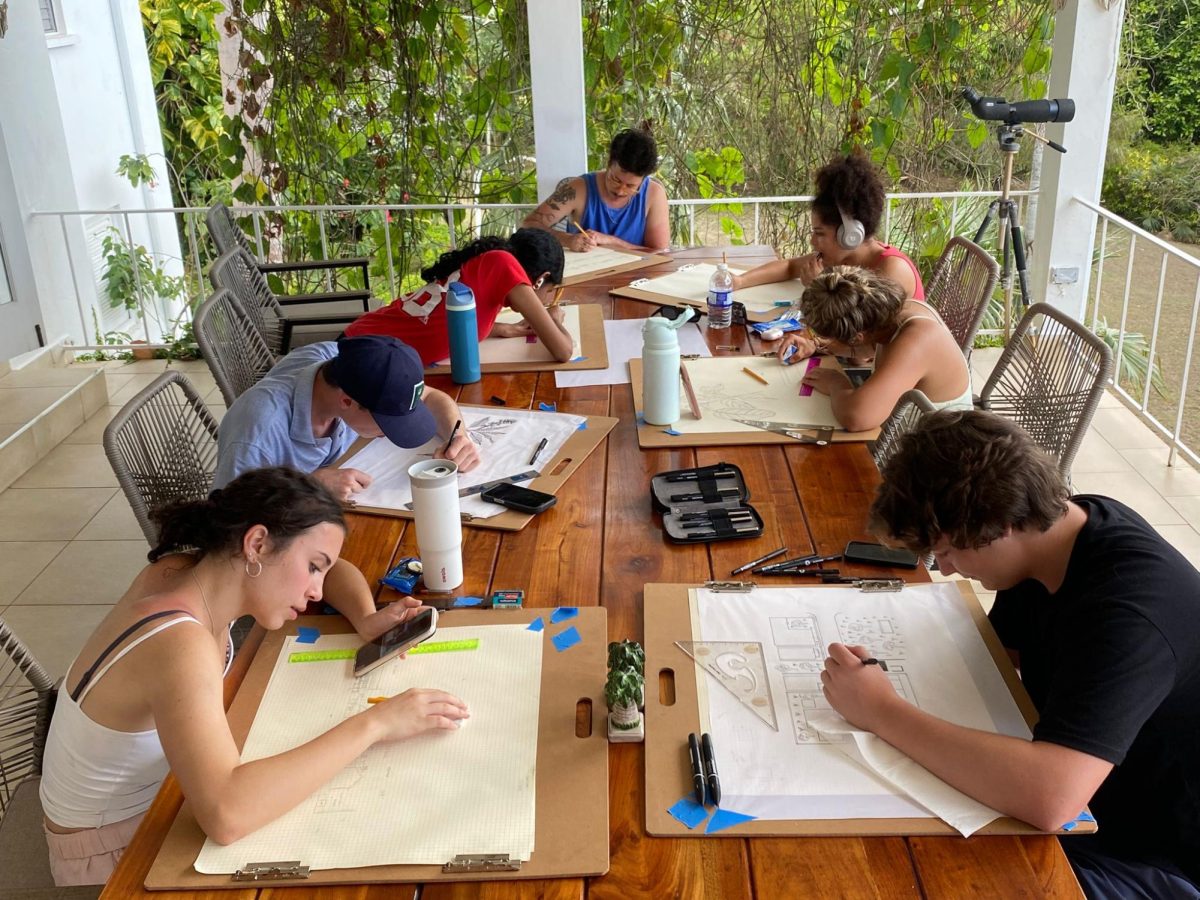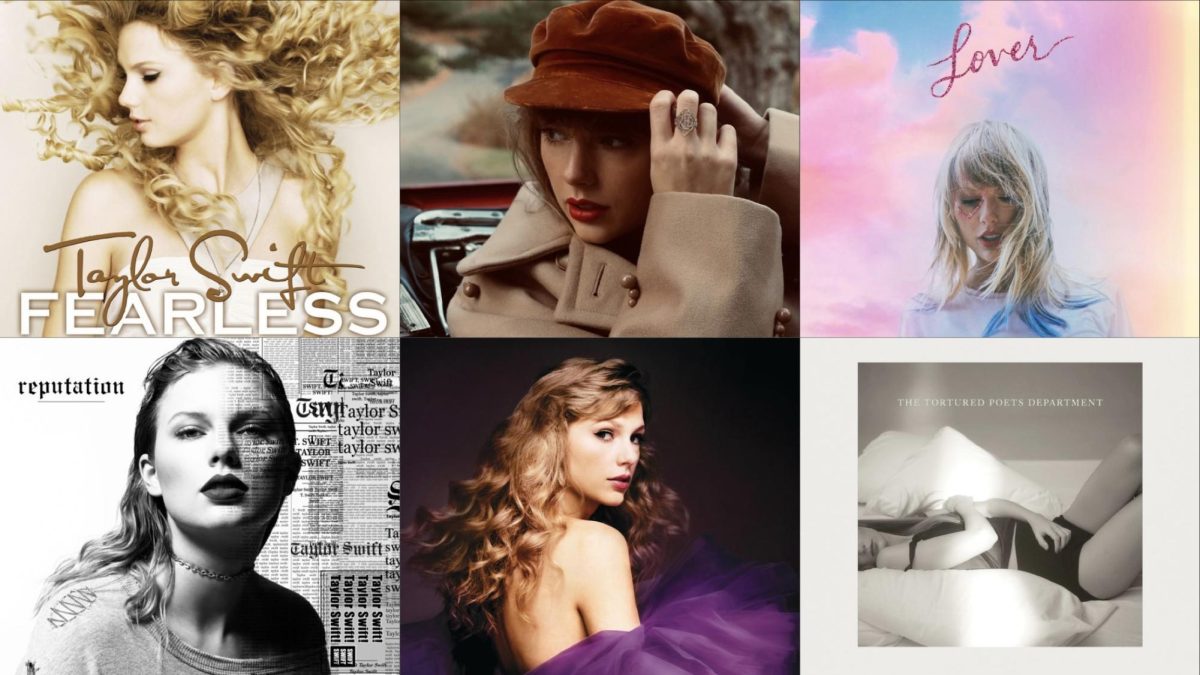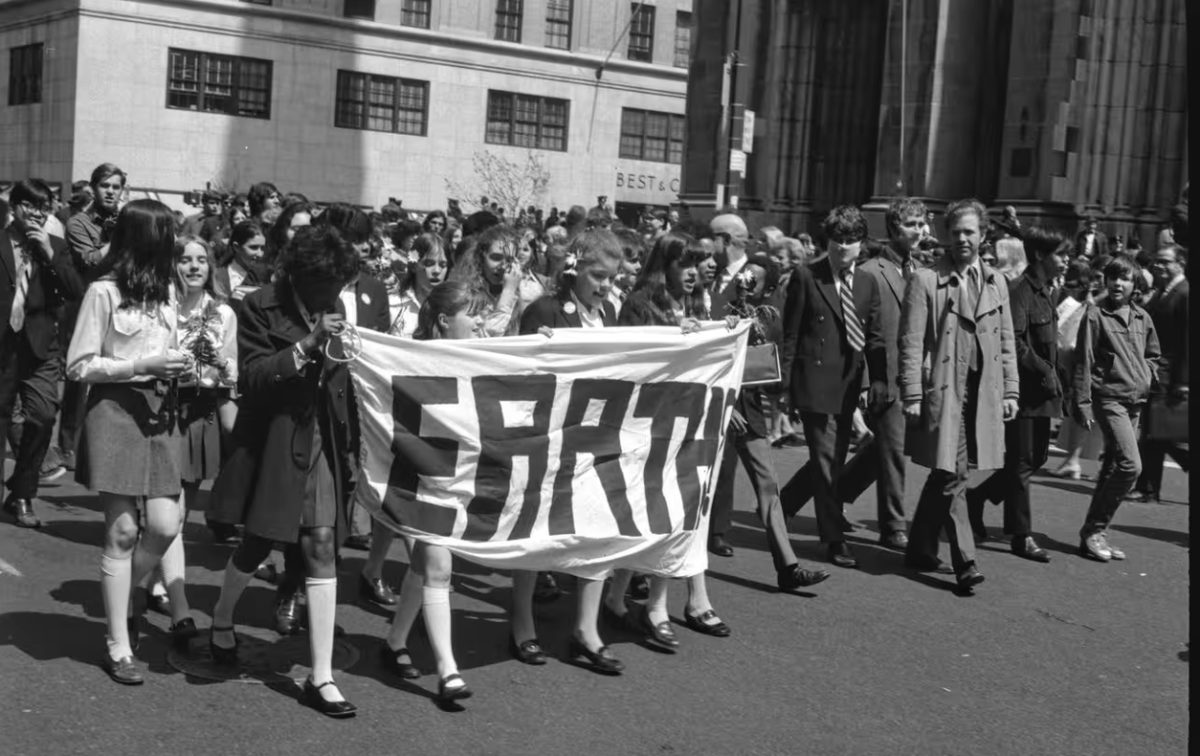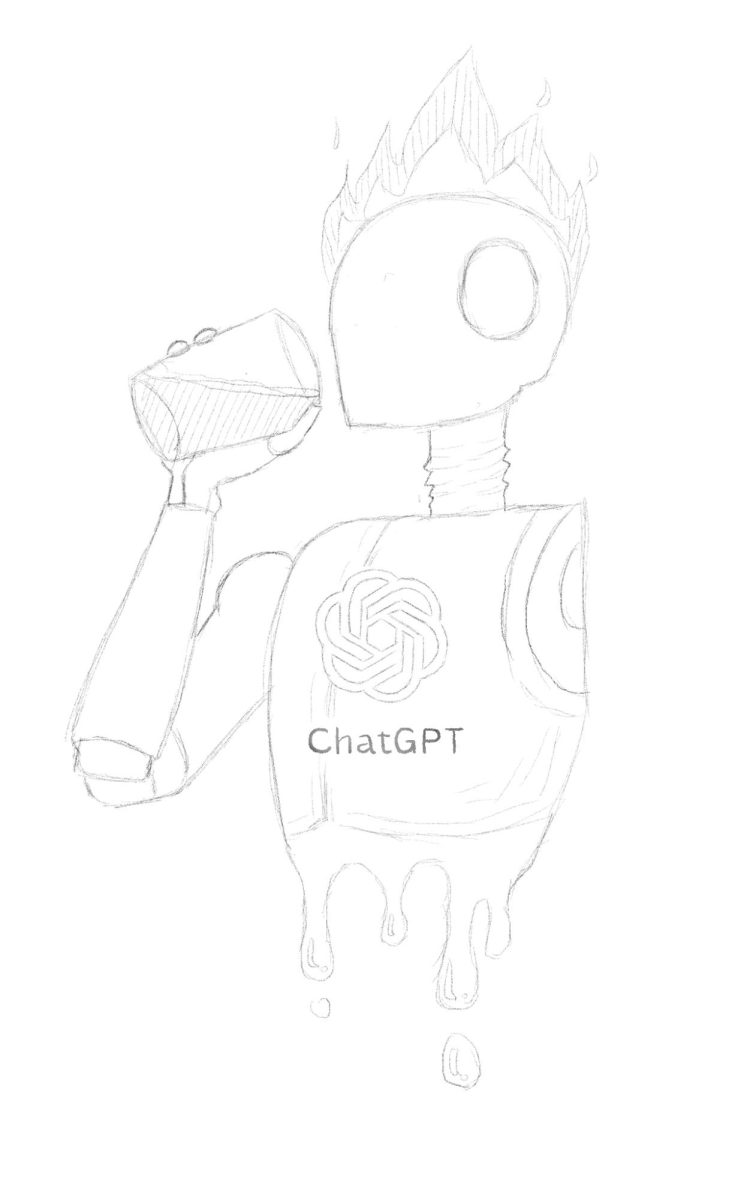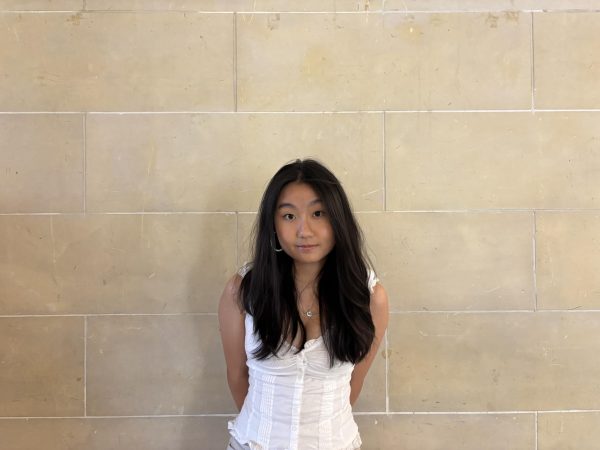In Fujian, my hometown, the tea culture is an iconic heritage. During my visits to Fujian, I encountered countless tea plantations featuring various kinds of tea. Standing on the mountains, I felt embraced by the region’s rich history and grandeur. Naturally, I started to drink tea and practice the tea ceremony. However, the tea I drink differs from that of my friends’. I brew mine in a thermos cup, while they prefer modern variations like milk tea and fruit tea. I am excited to see tea being modernized to better suit today’s customers. However, I also realized that the heritage behind these traditions is being lost in the process.
Heritage is itself a paradoxical concept. On the one hand, it embodies boundless cultural and historical significance; on the other hand, it often carries an archaic and outdated connotation. Hence, with the aim of protecting this precious spiritual wealth, it is essential to integrate heritage with the modern world by increasing exposure and awareness.
You might have heard of Li Ziqi, a video blogger who shared videos about ancient Chinese art and crafts on social media platforms. Her videos cover a wide range of topics ranging from making peach wine, crafting dresses from grape skins, to creating silk quilts. This unique lifestyle quickly went viral, and she later launched her own food brand, which represented a Chinese regional delicacy. Through collaberating with companies and promoting her product, she successively established a YouTube channel. Li Ziqi’s achievement and international influence as a guardian of ancient art and craft are undeniable. She exemplified how traditional Chinese culture can be rejuvenated and introduced to people across the world. Her success has also inspired more video creators to emulate her style and share their own local lifestyles.
I want to introduce another topic here: the concept of unauthentic commercialization and the ways in which it exploits heritage. This concept reminds us of cultural appropriation. For instance, Mamianqun, once prevalent in the Song Dynasty, is a traditional Chinese garment with irreplaceable significance. However, in 2022, the famous French fashion house Dior launched a new design that closely resembled the Chinese Mamianqun. Since they released their design without giving any credit to Chinese culture, many people from other countries believed it to be an innovative and original design by Dior. This cultural appropriation angered many fans of traditional customs.
Returning to my trip to Fujian, the most memorable experience was watching the play The Impression of Da Hong Pao. It depicted how tea farmers and custodians of tea culture have passed down their traditions through generations. This is an example of successful commercialization of heritage, and I believe that many people like me were inspired by this play and deeply moved by its culture and spirit. As long as such commercialization occurs, this history will not fade away and will continue to be remembered.
Nevertheless, I want to emphasize that there is a distinction between modernizing heritage to promote sustainability and exploiting heritage for profit. In addition to raising awareness of fading traditions, necessary steps should be taken to help heritage custodians lead respectful and sustainable lives, such as establishing relevant infrastructure. Many places in China are achieving this. For example, in Xinjiang, workshops have been held to teach crafts to the youth, such as bow-making and Uyghur Muqam music. In Beijing, demonstration sites have been established to blend traditional art and craft with modern techniques in the creation of lacquer arts. Looking ahead, through education and publicity, the efforts to sustain traditions and support cultural custodians will thrive in the near future.


